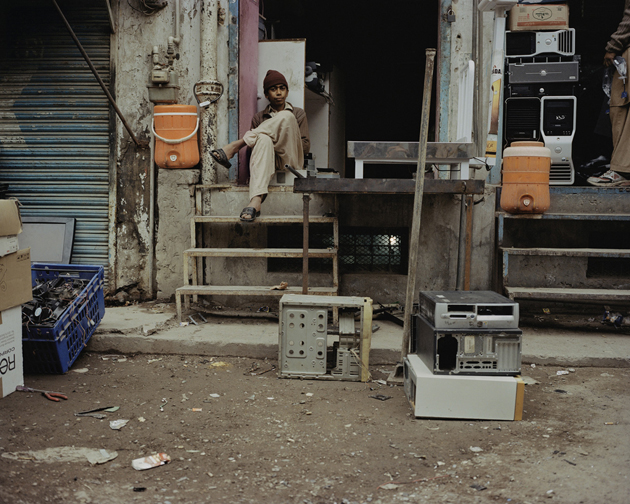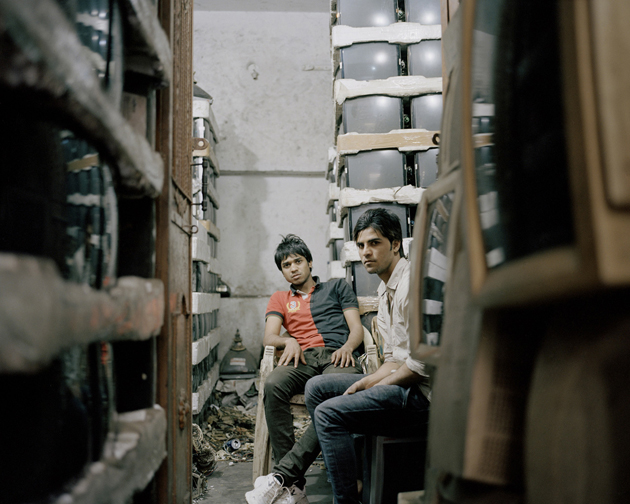In her latest book, “Hello World. Where Design Meets Life”, Alice Rawsthorn speaks about the qualities of ‘good design’. For Rawsthorn, the definition of good design gets down to one thing: integrity. In fact, she writes: “Unless it has integrity, no design project can be deemed to be good, however useful, beautiful or innovative it may be. ‘Good design enables honest and effective engagement with the world’, wrote the American philosopher Robert Grudin in his book Design and Truth. ‘If good design tells the truth, poor design tells a lie; a lie usually related, in one way or another, to the getting or abusing of power.’”

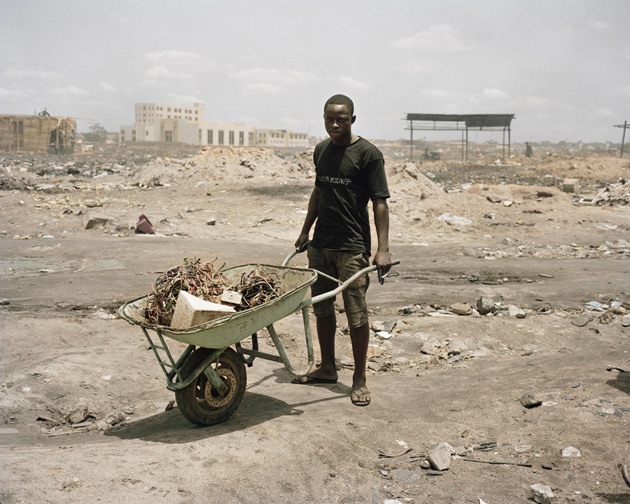
If this is the criteria that separates good design from bad, then we must not only take into account the use, the physical aspect or the manufacturing process of a design object to evaluate it. One fundamental component of that equation is also how the objects we use are later disposed of, and it does not only concern the ecological implications of such disposal, but also the human condition it involves. Thus, if we consider the idea of good design from this point of view, many of our praised products, mainly the electronic ones, will immediately step on the other side of the equation.
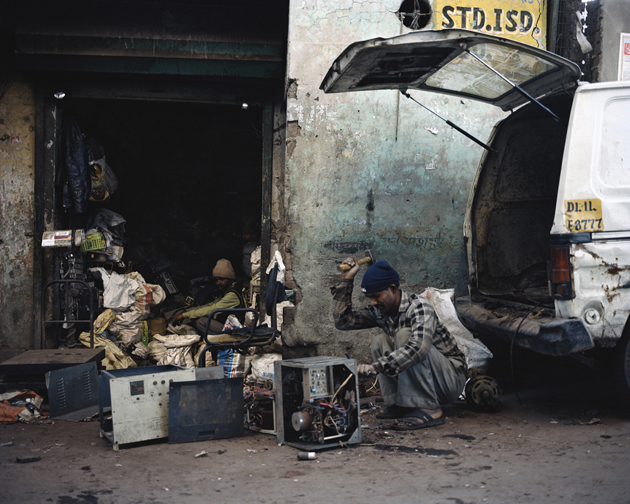
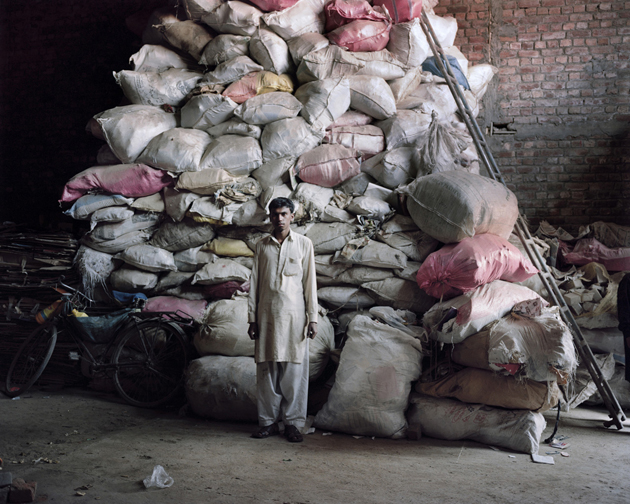
In fact, it is exactly what Valentino Bellini, a young Italian photographer, tries to point out with his Bitrot Project. Bellini has delved into the world of hazardous e-waste disposal, which, mainly produced in developed countries, is not disposed of in situ, but shipped, most of the time illegally, to developing countries on cargo ships, where it is illegally disposed. Containing dozens of substances dangerous to human health and to the environment, our lovely electronic products are hard to be sustainably disposed of and they need a costly processing technique to make it recyclable. His photographic research focuses on the extreme consumerism of the society we live in, enquired through the images of e-waste disposal sites, contemporarily showing how ‘bad design’ can be really, really bad.
